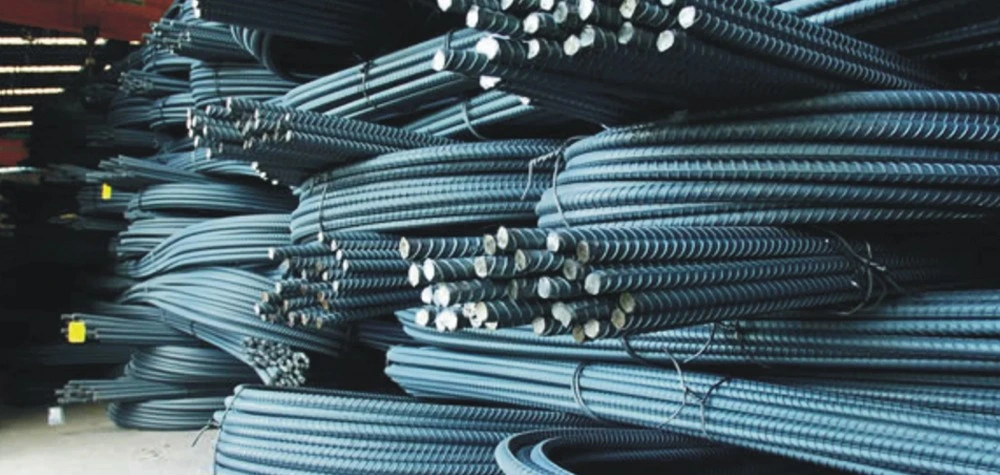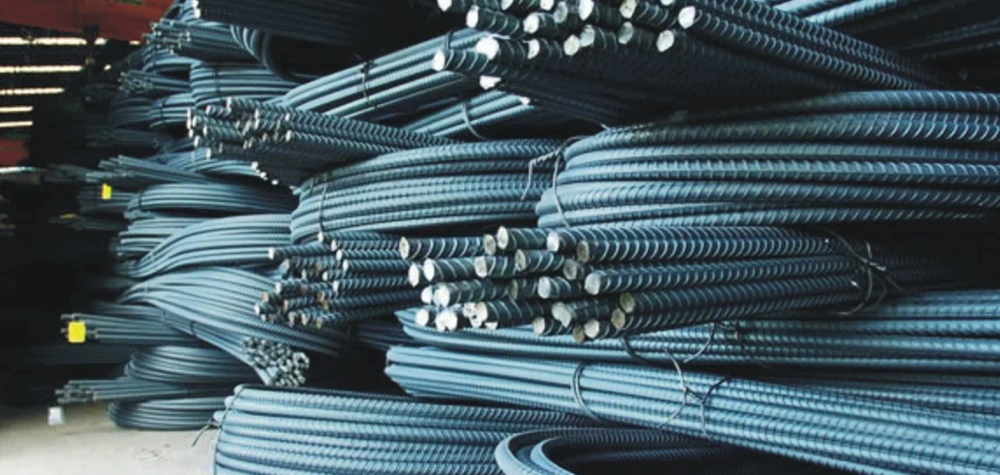Different Types of Concrete Mixing Ratio

Concrete is the backbone of modern construction. If you’re diving into the world of construction or simply curious about how sturdy structures are built, you’ve likely come across the term “concrete mix ratio.” But what exactly goes into making the perfect concrete mix, and why are mixing ratios so crucial? Let’s delve into the world of concrete mixing ratios and explore the different types that are used in construction projects.
Understanding Concrete Ratios
A concrete mix ratio refers to the proportion of the three key ingredients that make up concrete: cement, sand, and aggregate. These ratios are crucial because they determine the strength, workability, and durability of the concrete. Think of it as a recipe; just like baking a cake, getting the mix ratios right is essential to achieving the desired outcome. The precise combination of these materials ensures that the concrete mix achieves the necessary characteristics for its intended use.
Different Types of Concrete Ratios
Concrete mix ratios can vary widely depending on the requirements of the construction project. Here are some common types:
1.Standard Mix Ratio (Nominal Mix)
Standard concrete mix ratio is often referred to as nominal mix. These mixes are typically used for general construction purposes where specific strength requirements are not critical. The ratios are usually expressed in terms of concrete mix ratio by volume, indicating the proportions of cement, sand, and aggregate in a given volume of concrete
For example, a common standard mix ratio is M5 (1:5:10) , meaning one part cement, five parts sand, and ten parts aggregate
- M5 (1:5:10): Often used for lean concrete bases or simple pathways.
- M7.5 (1:4:8): Suitable for small-scale construction like patios and pathways.
- M10 (1:3:6): Used for lightweight structures and levelling courses.
- M15 (1:2:4): Ideal for pavements and floors that don’t bear heavy loads.
- M20 (1:1.5:3): Commonly used for slabs, beams, and columns in residential buildings.
2.Concrete Mixing Ratio for Slab
When it comes to laying concrete slabs, it’s essential to use an appropriate mix ratio to ensure the slab’s strength and durability. A typical mix ratio for slabs is M20 (1:1.5:3), consisting of one part cement, one and a half parts sand, and three parts aggregated by volume. This ratio provides sufficient strength to support the weight of the slab while offering good workability for placement and finishing.
The ideal concrete mixing ratio for slab strikes a balance between strength and workability, making it suitable for horizontal applications. It’s commonly used in slabs, beams, and columns in residential buildings.
3.Mix Design Ratio
In more complex construction projects, a mix design ratio is determined through extensive testing to meet specific strength and performance requirements. Unlike standard mix, mix design ratio is tailored to the project’s unique specifications through rigorous testing and analysis. This ratio takes into account factors such as environmental conditions, load-bearing capacity, and desired durability.
For example, concrete mix ratios like M25 and above are commonly used for high-rise buildings, bridges, and heavy-duty structures, where higher strength and durability are essential. The precise proportions of cement, sand, and aggregate are determined based on extensive laboratory testing to ensure the concrete meets the project’s performance criteria.
4.High-Strength Mixes
For projects that require exceptionally robust concrete, such as dam, high-rise buildings, bridges, and infrastructure projects, high-strength mixes are utilized. These mixes feature higher cementitious content and additional additives to enhance properties like workability and durability.
Mixes like M30, M35, M40, and higher are specifically designed to withstand heavy loads, harsh environmental conditions, and other challenges encountered in critical infrastructure projects. The concrete mix ratio by volume for high-strength mixes may vary depending on the project’s requirements, but they typically include a higher proportion of cement and fine aggregates to achieve the desired strength and durability.
Conclusion
Choosing the right concrete mix ratio is fundamental to the success of any construction project. Whether it’s a simple garden path or a towering skyscraper, selecting the appropriate mix ensures the structure is safe, durable, and built to last.
By understanding the different types of mixing ratios available and their applications, engineers and contractors can make informed decisions to meet the unique requirements of each project. So, the next time you see a construction site, you’ll have a deeper appreciation of the careful planning that goes into every cubic meter of concrete. Check out ARS Steel for premium, cost-effective steel bars that are perfect for all your building requirements.



